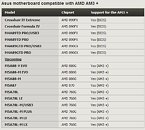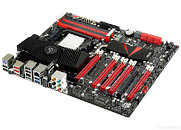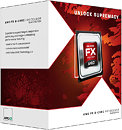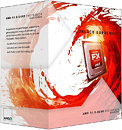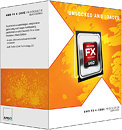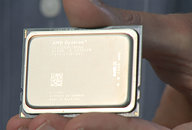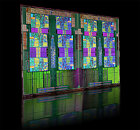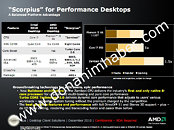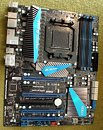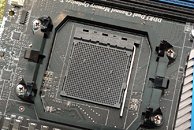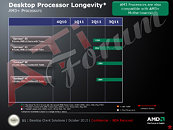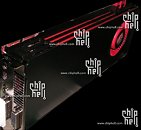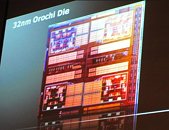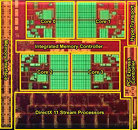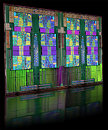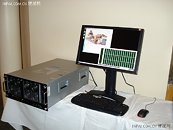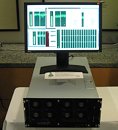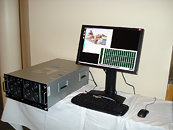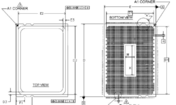
AMD FX Zambezi Processors Compatible with ASUS AM3 Motherboards Using BIOS Update
AMD's upcoming FX series "Zambezi" desktop processors based on the "Bulldozer architecture are also expected to bring with them compatible motherboards, as AMD, on a number of occassions, stated that the chips will require a new socket (referred to as AM3+) and compatible chipset, and that the chips will be incompatible with existing AM3 socket and existing chipset. Information available with SweClockers points to the contrary.
According to the source, motherboard major ASUS is planning to provide support to AM3+ processors to some of its existing AM3 motherboards using mere BIOS updates. That's right, Zambezi will indeed be backwards compatible with AM3 and existing chipset, only what remains to be seen is if the processors will perform to their full potential and overclock well on existing platform. Amongst ASUS' Schindler's list are top of the line AM3 models, such as ROG Crosshair IV Formula and Extreme, M4A89TD PRO/USB3, and even AMD 890GX-based motherboards such as M4A89GTD PRO. The list also shows certain AM3+ motherboards that use dated chipsets such as 760G, probably the entry-level of ASUS' M5A series of motherboards.
According to the source, motherboard major ASUS is planning to provide support to AM3+ processors to some of its existing AM3 motherboards using mere BIOS updates. That's right, Zambezi will indeed be backwards compatible with AM3 and existing chipset, only what remains to be seen is if the processors will perform to their full potential and overclock well on existing platform. Amongst ASUS' Schindler's list are top of the line AM3 models, such as ROG Crosshair IV Formula and Extreme, M4A89TD PRO/USB3, and even AMD 890GX-based motherboards such as M4A89GTD PRO. The list also shows certain AM3+ motherboards that use dated chipsets such as 760G, probably the entry-level of ASUS' M5A series of motherboards.
